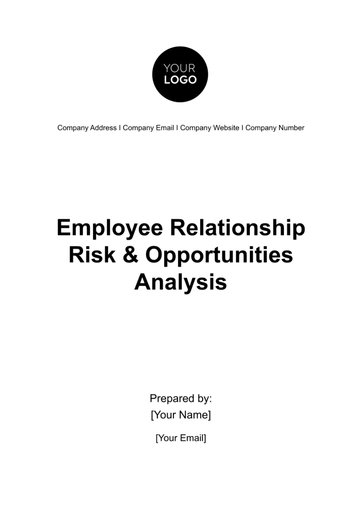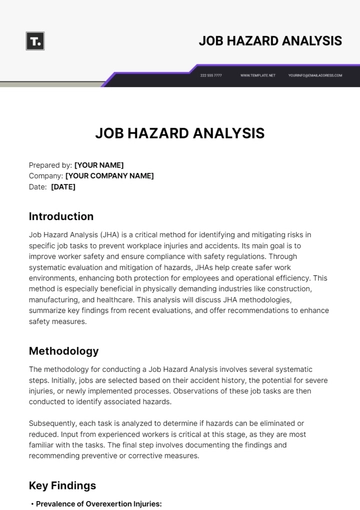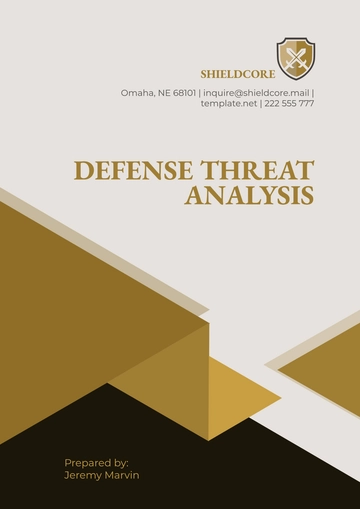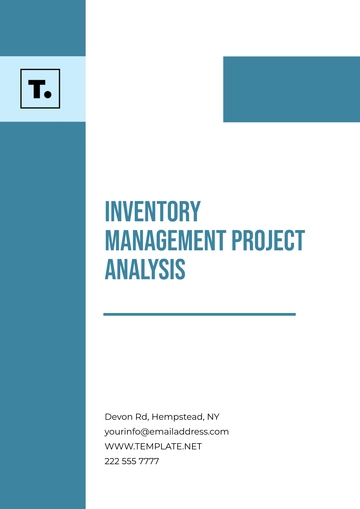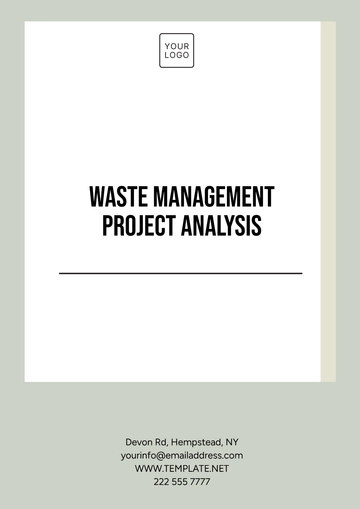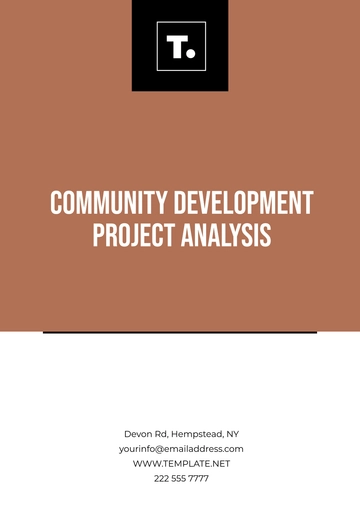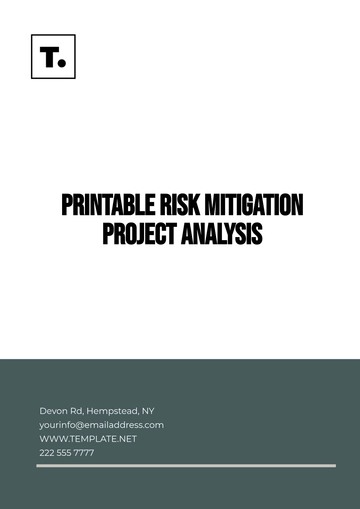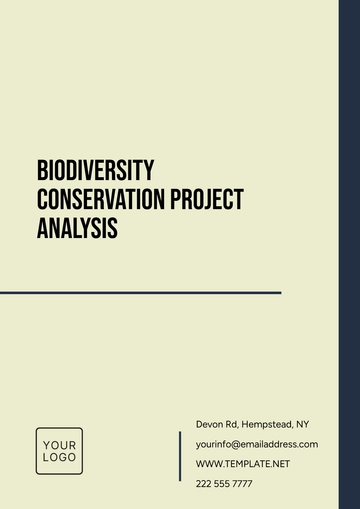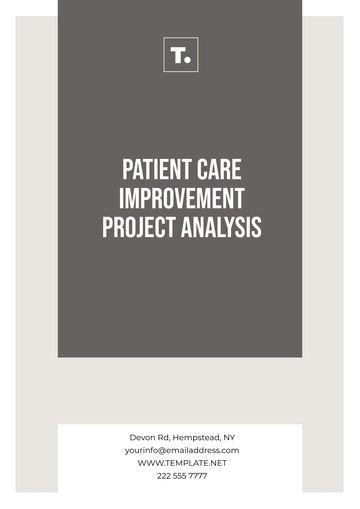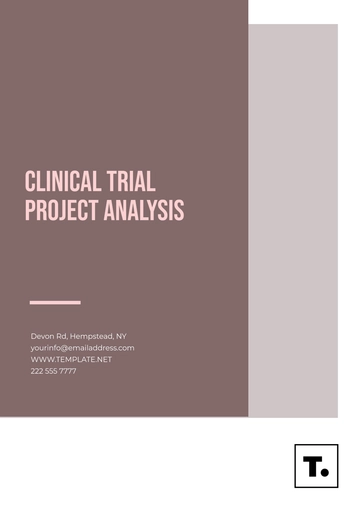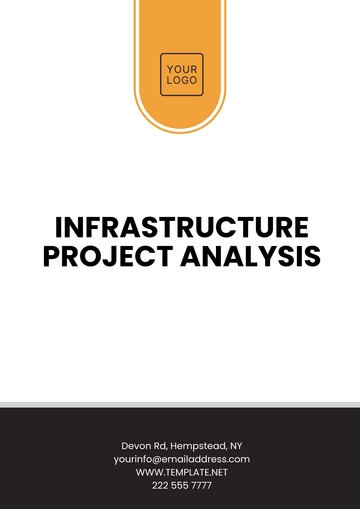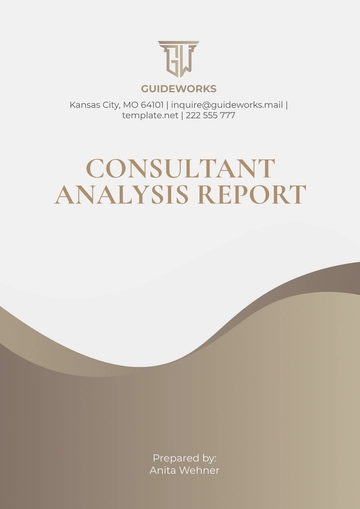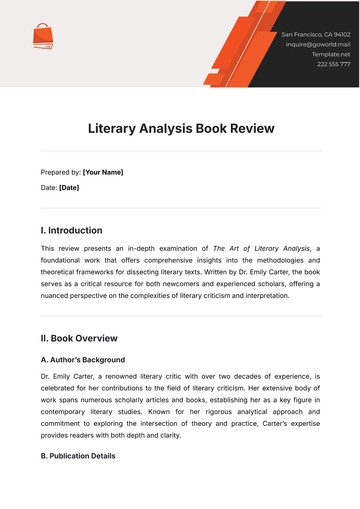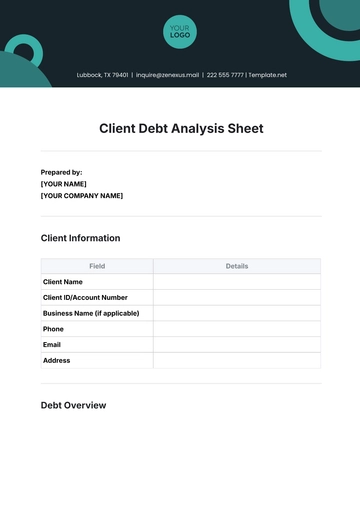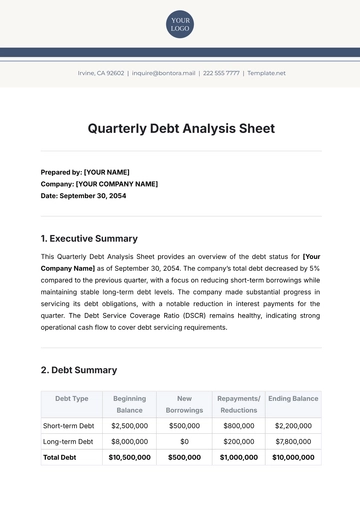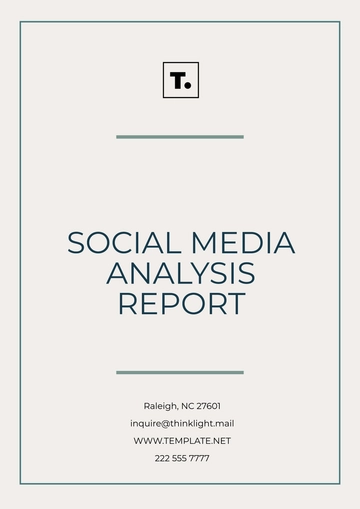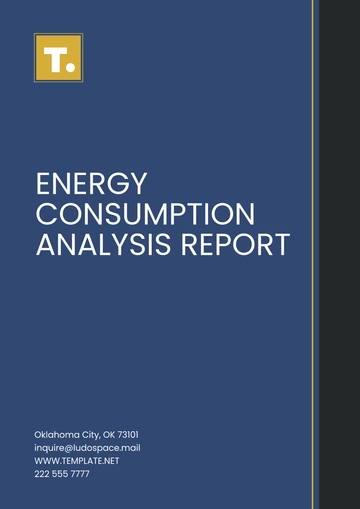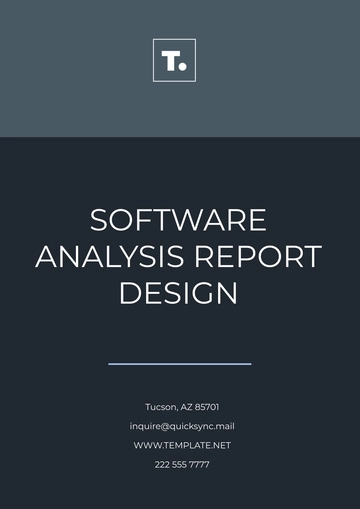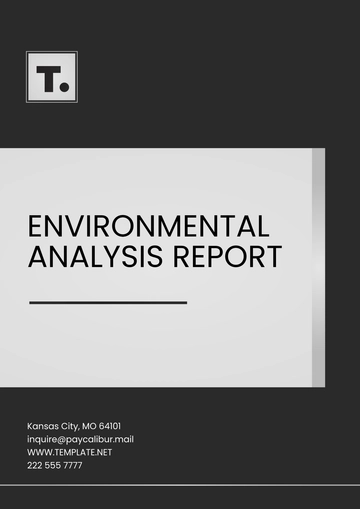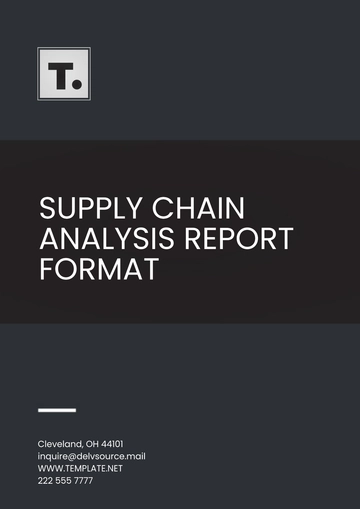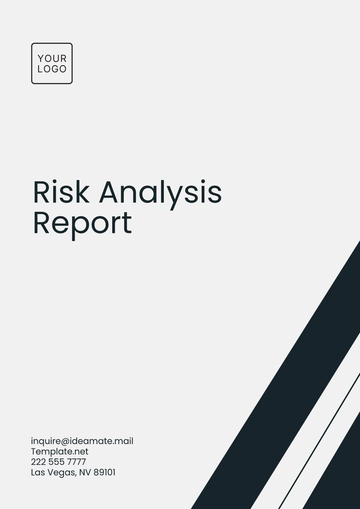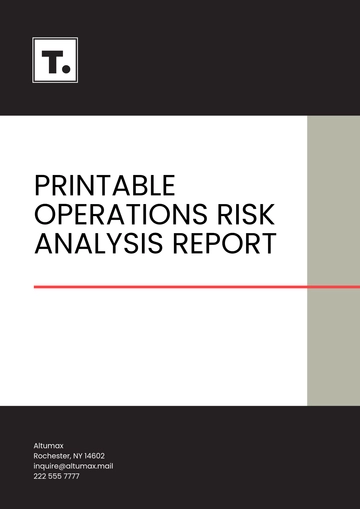Cleaning Services Risk Assessment Analysis
A. Introduction
Welcome to the Cleaning Services Risk Assessment Analysis for [Your Company Name]. This document outlines the systematic evaluation of potential risks associated with our cleaning operations in compliance with US laws and standards. By conducting this analysis, we aim to ensure the safety and well-being of our employees, clients, and the environment. This comprehensive assessment will identify hazards, assess risks, and propose control measures to mitigate or eliminate potential dangers. Our commitment to safety is paramount in delivering high-quality cleaning services while maintaining regulatory compliance.
B. Methodology
Before delving into our risk assessment methodology, it's imperative to establish a systematic approach aligned with US laws and standards. This methodology entails comprehensive hazard identification, meticulous risk assessment, strict regulatory compliance, and ongoing consultation. Such measures are vital in safeguarding the well-being of our employees and clients.
1. Hazard Identification
Our risk assessment begins with a comprehensive identification of potential hazards present in our cleaning operations. This includes but is not limited to slip and trip hazards, chemical exposure, ergonomic risks, and electrical hazards.
2. Risk Assessment
Following hazard identification, we assess the risks associated with each hazard, considering factors such as likelihood and severity. This step allows us to prioritize risks and allocate resources effectively to mitigate or eliminate them.
3. Regulatory Compliance
Our methodology aligns with relevant US laws and standards, ensuring that our risk assessment process meets legal requirements and industry best practices. We continuously monitor updates to regulations to ensure ongoing compliance.
4. Consultation and Review
We engage with qualified safety professionals and relevant stakeholders to gather input and ensure the effectiveness of our risk assessment methodology. Regular reviews are conducted to update and refine our approach as needed.
C. Hazard Identification
In the following section, we meticulously identify various hazards inherent in our cleaning operations. This proactive approach allows us to anticipate potential risks and implement appropriate control measures to safeguard the well-being of our employees and clients.
Physical Hazards: Includes slip and trip hazards, falling objects, and ergonomic risks.
Chemical Hazards: Identifies risks associated with cleaning agents and hazardous chemicals.
Biological Hazards: Addresses exposure to bacteria, viruses, and other pathogens.
Environmental Hazards: Considers factors such as temperature extremes and indoor air quality.
D. Risk Assessment
Effective risk assessment is fundamental to our commitment to safety at [Your Company Name]. By systematically evaluating hazards, we can accurately gauge potential risks and implement appropriate controls to mitigate or eliminate them, ensuring the well-being of our employees and clients.
In the following section, we delve into a comprehensive risk assessment process designed to evaluate potential risks associated with our cleaning operations.
Likelihood and Severity Analysis
We assess the probability of each hazard occurring and the potential severity of its consequences. This allows us to prioritize risks based on their impact.
Risk Rating Matrix
Using a risk rating matrix, we assign a risk rating to each identified hazard based on its likelihood and severity, enabling us to focus resources on high-risk areas.
Control Measures Identification
Based on the risk rating, we develop and implement control measures to mitigate or eliminate identified risks. These measures include engineering controls, administrative controls, and personal protective equipment.
Review and Monitoring
We conduct regular reviews and monitoring to evaluate the effectiveness of implemented control measures and make adjustments as necessary to maintain a safe working environment.
E. Control Measures
Implementing effective control measures is crucial in mitigating risks identified through our assessment process. In this section, we outline proactive measures tailored to address specific hazards encountered in our cleaning operations, ensuring the safety of our workforce and clients alike.
Engineering Controls
Administrative Controls
Personal Protective Equipment (PPE)
Respiratory protection: Providing respirators for employees working with airborne contaminants.
Protective clothing: Supplying gloves, goggles, and aprons to reduce exposure to chemicals.
Emergency Preparedness
By implementing these control measures, we aim to minimize risks and create a safer work environment for everyone involved in our cleaning operations. Regular evaluation and refinement of these measures are integral to our commitment to continuous improvement in safety standards.
F. Emergency Procedures
In the event of unforeseen emergencies, it's imperative to have well-defined procedures in place to safeguard the safety of our employees and clients. The following six-step emergency procedures outline our response protocol, ensuring swift and effective action during critical situations in our cleaning operations.
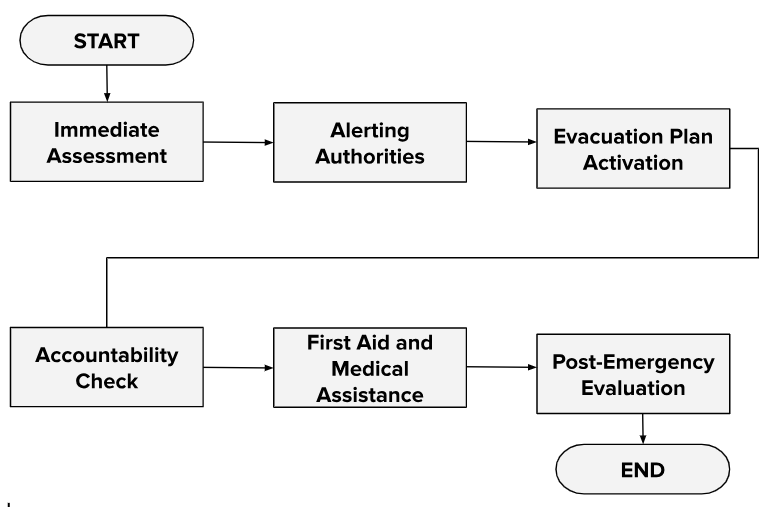
Immediate Assessment
Assess the situation to determine the nature and severity of the emergency.
Alerting Authorities
Contact emergency services and relevant authorities to report the incident.
Evacuation Plan Activation
Initiate the evacuation plan to safely evacuate personnel and clients from the affected area.
Accountability Check
Conduct a headcount to ensure all individuals are safely evacuated from the premises.
First Aid and Medical Assistance
Provide first aid to injured individuals and coordinate medical assistance as necessary.
Post-Emergency Evaluation
After the situation is resolved, conduct a debriefing session to evaluate the response and identify areas for improvement in emergency procedures.
G. Chemical Safety
Chemical safety is paramount in our cleaning operations to protect the health and well-being of our employees and clients. We adhere to strict protocols for the safe handling, storage, and disposal of cleaning agents and hazardous chemicals. Our staff receives comprehensive training on proper chemical handling procedures, including the use of personal protective equipment (PPE) such as gloves, goggles, and respirators when necessary. Additionally, we regularly review material safety data sheets (MSDS) for all cleaning products used, ensuring full awareness of potential hazards and proper mitigation strategies in accordance with US laws and regulations.
H. Personal Protective Equipment (PPE)
Effective utilization of Personal Protective Equipment (PPE) is integral to ensuring the safety of our cleaning staff. We provide the following PPE to mitigate exposure to hazards:
Respiratory Protection
Protective Clothing
Gloves, goggles, and aprons are provided to minimize skin and eye contact with chemicals, reducing the risk of exposure and injury.
Proper training is conducted to ensure employees understand the importance of PPE and its correct usage in compliance with US safety standards.
I. Training and Communication
Comprehensive training is fundamental to instilling a culture of safety among our cleaning staff. We provide regular training sessions covering hazard recognition, proper use of equipment and chemicals, emergency procedures, and the importance of personal protective equipment (PPE). These sessions are conducted by qualified trainers and tailored to address specific risks encountered in our cleaning operations.
Effective communication channels are established to ensure transparent dissemination of safety-related information. This includes regular safety meetings, bulletin boards displaying relevant notices, and open lines of communication between management and staff to encourage reporting of hazards and concerns. By prioritizing training and communication, we empower our employees to actively contribute to maintaining a safe work environment.
J. Conclusion
In conclusion, prioritizing safety in our cleaning operations is paramount to [Your Company Name]. Through diligent risk assessment, implementation of control measures, and ongoing training, we strive to create a secure environment for our employees and clients. By adhering to US laws and standards, we ensure regulatory compliance while continuously improving our safety protocols. Our commitment to safety not only protects individuals but also enhances the quality and reliability of our cleaning services.
Cleaning Service Templates @ Template.net


